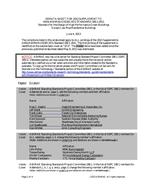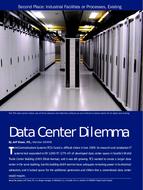Ammonia as a refrigerant will see a wider range of application in air conditioning and refrigeration systems. With the increasing use of ammonia, there is an associated need for predicting the behaviour of intentional and accidental releases of gaseous ammonia. Dispersion models for gas releases must be able to successfully predict ammonia concentration near the release and at locations downwind. Prediction of both maximum concentration and time-averaged concentrations is needed to assess the potential danger. Two dense gas release dispersion models were compared to some experimental ammonia vapour dispersion data to compare their relative predictive capabilities. The comparison of experimental data and predicted values shows reasonable correlation by the models of the downwind ammonia concentrations for the variability of experimental conditions.
KEYWORDS: year 1995, ammonia, comparing, experiment, calculating, replacing, refrigerants, air conditioning, refrigeration, content, leaking, hazards, air pollution
Citation: ASHRAE Trans. 1995, Vol.101, Part 2, Paper number 3924, 497-501, 4 figs., 1 tab., 7 refs.
Product Details
- Published:
- 1995
- File Size:
- 1 file , 560 KB
- Product Code(s):
- D-17127


